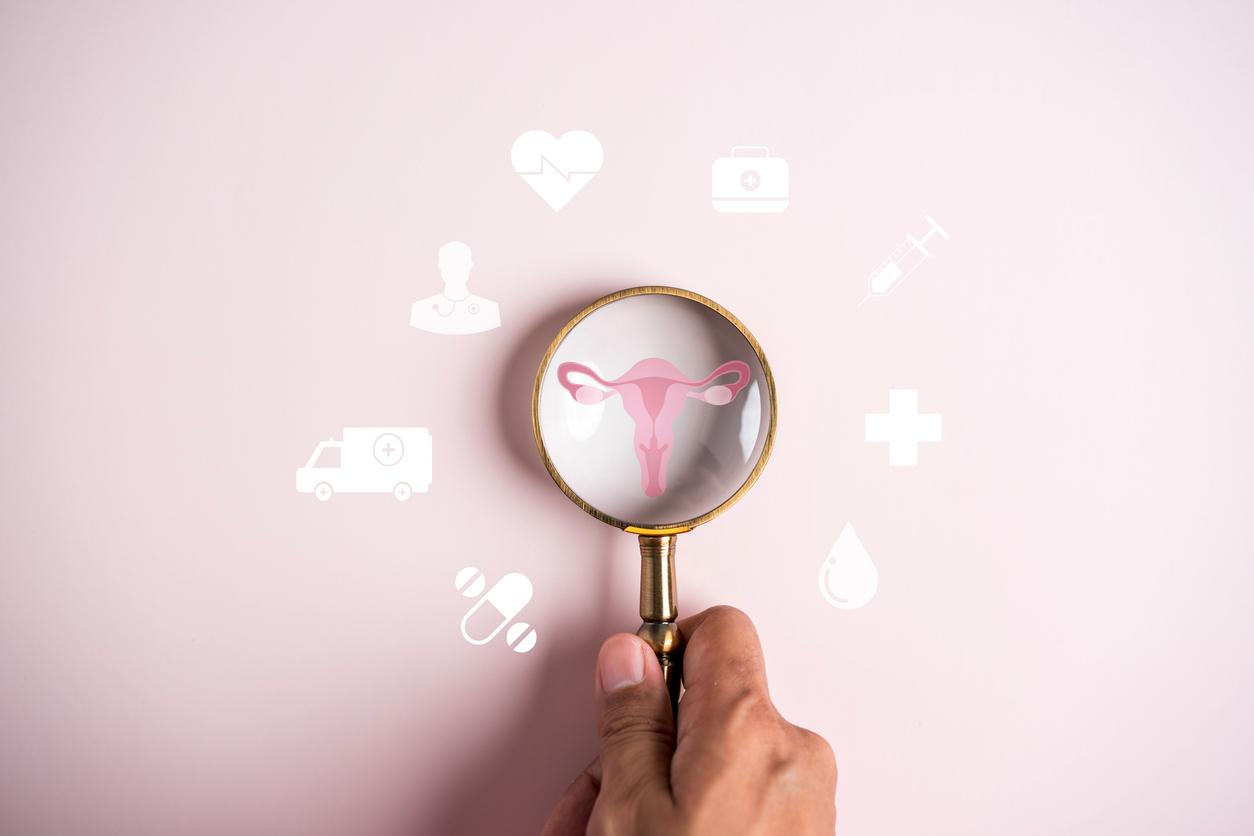The menstrual cycle is a clinical marker to identify the general state of health. Its irregularity would be the sign of a disorder that could lead to a greater risk of premature mortality.

- The risk of early mortality increases by up to 73% in women whose cycle is dysregulated.
- The risk increases in women with cardiovascular problems and in smokers.
The regularity of the menstrual cycle is an element to be constantly monitored in women. It offers a clinical marker that provides an overview of general health status. When it goes out of order, becomes irregular or lasts too long, this is a sign of a health risk. A new study, conducted by American researchers, suggests that it may even be a factor in premature mortality. They published their results on September 30 in the British Medical Journal.
A clinical sign throughout the life of women
The researchers collected the data from an all-nurse cohort, as part of the “The Nurse Health Study II”. These data on the menstrual cycle of these women were recorded at three periods of their life: between 14 and 17 years old, between 18 and 22 years old and, finally, between 29 and 46 years old. The results showed that the risk of early mortality increases by up to 73% in women whose cycle is dysregulated. A risk that increases when they have cardiovascular disease and in those who smoke tobacco.
The regularity of the menstrual cycle is a vital clinical sign. In the United States, it is considered to offer insight into the health status of adolescent girls, but this study, the researchers point out, shows that it is not just a concern for adolescent girls and is a sign throughout the lifespan of adolescents. women. They believe that these results should lead to including characteristics of the menstrual cycle throughout the childbearing years as additional vital signs in the assessment of the general health status of women.
Disturbed menstrual cycles, a sign of several diseases
Previous studies have revealed the implications of disruption of the menstrual cycle. They have shown that it is associated with a higher risk of developing ovarian cancer, coronary heart disease, type 2 diabetes and even mental health problems. To explain these disturbances, the researchers put forward mechanisms linked to a disturbed hormonal environment such as hyperinsulinaemia, chronic inflammation or metabolic disorders. Recently, it is the period of confinement that has contributed to the disruption of the menstrual cycle of many women, which doctors explain by an increase in stress and a sedentary lifestyle.
.

















